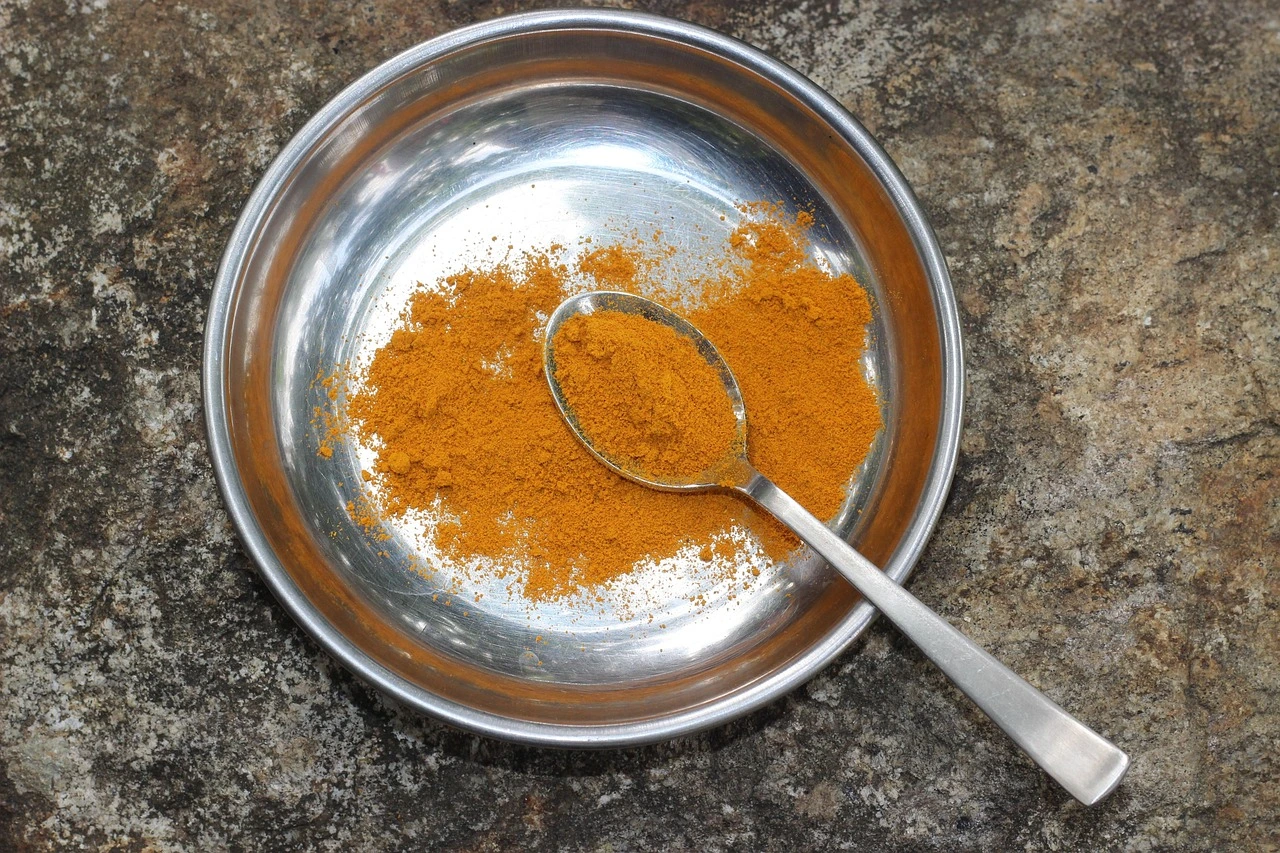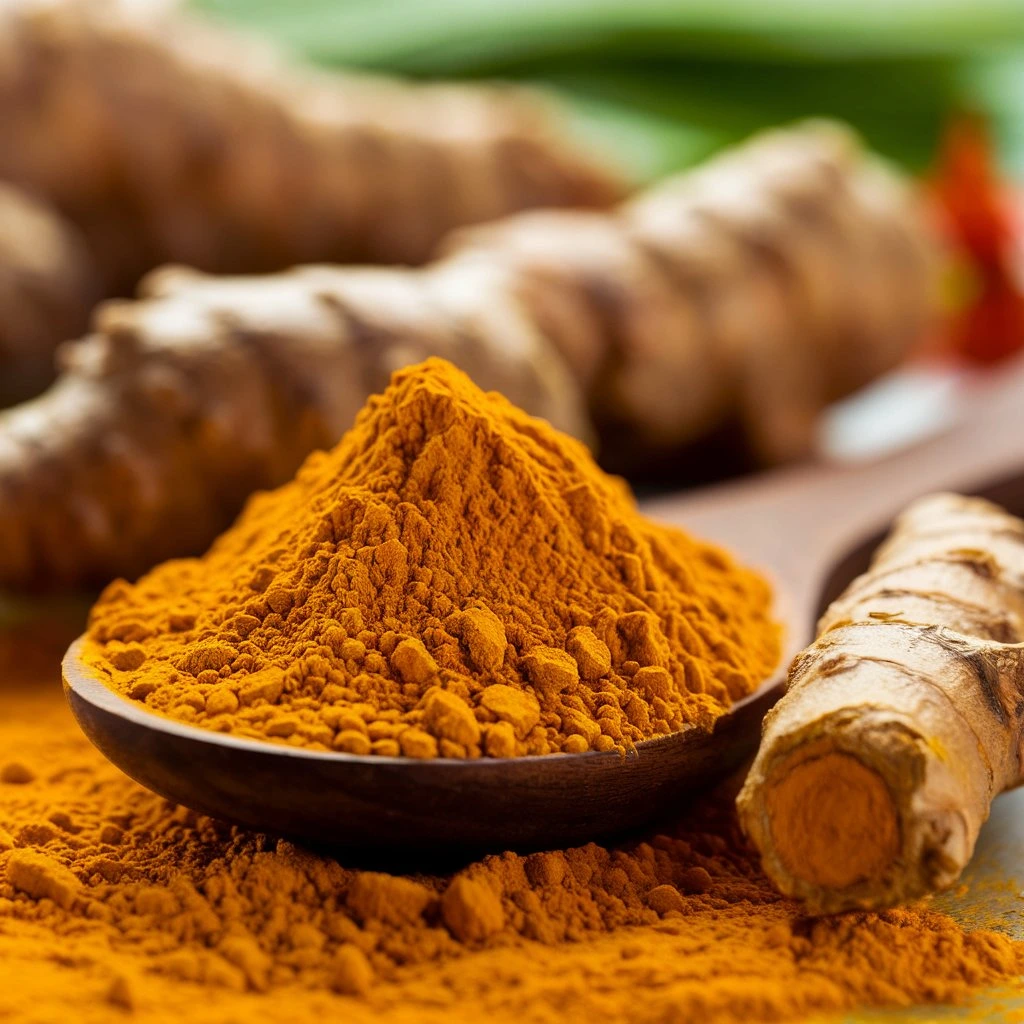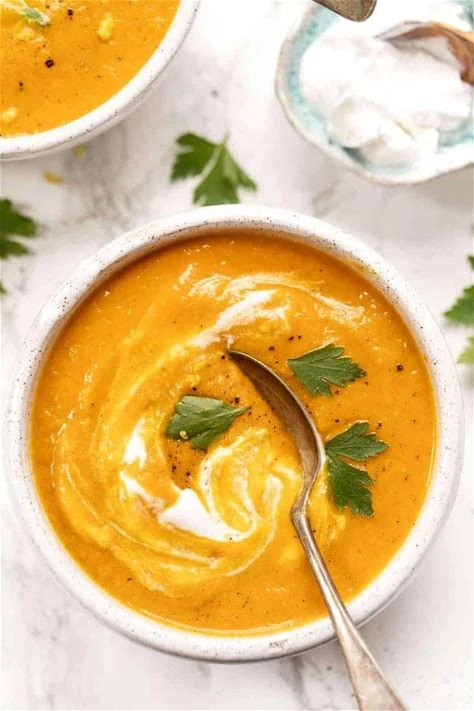5 Turmeric Recipes to Fight Inflammation

Introduction to Turmeric and Its Anti-Inflammatory Properties
Here’s your guide to 5 turmeric recipes to fight inflammation.
When I first found turmeric, I was amazed. This bright yellow spice does more than add colour and flavour to my meals.
Turmeric is a root related to ginger.

For centuries, people have prized it for its health benefits. Its anti-inflammatory properties are especially valued. Curcumin is the key compound in turmeric. It gives turmeric its bright colour and substantial anti-inflammatory benefits.
So, why is fighting inflammation so important?
Numerous health issues are linked to chronic inflammation. These include arthritis, heart disease, and certain types of cancer. That’s why turmeric has become a must-have in my kitchen and wellness routine. Curcumin can reduce inflammation.
Research shows it may be more effective than some anti-inflammatory drugs. Plus, it lacks harmful side effects.
The best part?
Turmeric is super versatile.
Add it to your morning smoothie, brew it into warm golden milk, or toss it in savoury dishes. You’re giving your body a natural boost against inflammation.
So, let’s explore how you can start using turmeric every day to feel.
How to Use Turmeric Effectively to Fight Inflammation
When I first used turmeric for inflammation, I found that a pinch in my meals wasn’t enough to unleash its full power.
To maximise the benefits of turmeric’s substantial anti-inflammatory properties, follow these simple tips.
Boosting Curcumin Absorption with Black Pepper
I learned that curcumin, the main compound in turmeric, doesn’t absorb well by itself.
Here’s the good news: mixing turmeric with black pepper can boost curcumin absorption by as much as 2,000%!
So, I always make sure to add a dash of black pepper whenever I’m cooking with turmeric.
When you mix turmeric with healthy fats like olive oil or coconut oil, your body can better absorb its benefits.
Best Foods and Cooking Techniques to Preserve Turmeric’s Benefits
Another thing that helped me was thinking about the best ways to incorporate turmeric into my cooking.
Excessive heat or prolonged cooking times can diminish turmeric’s potency.
I add it near the end of cooking or use it in raw recipes, such as smoothies and dressings.
How to Use Turmeric in Your Meals Every Day
I’ve made it a habit to add turmeric to my daily routine. I try it in many dishes, such as golden milk lattes, teas, soups, and roasted vegetables.
Use these easy tips to get the most from this incredible anti-inflammatory spice in your diet.
5 Turmeric Recipes to Fight Inflammation
I get excited thinking about adding turmeric to my diet. Its anti-inflammatory powers are impressive, and there are so many tasty ways to enjoy it.
I’ve tried many turmeric recipes over time.
Here are my top five favourites. They taste great and help fight inflammation!
These recipes are simple, nourishing, and packed with the warming, health-boosting benefits of turmeric.
1. Turmeric Golden Milk Oatmeal
One of my go-to breakfasts is turmeric golden milk oatmeal. It’s comforting and a great way to start the day with anti-inflammatory benefits.
I start by simmering golden milk. This is warm milk, usually almond or coconut, mixed with turmeric. I add a pinch of black pepper to help absorption, some cinnamon, and a bit of honey for sweetness. Then, I cook my oats in this vibrant golden milk. The turmeric infuses the oats with its distinctive colour and health benefits.
I love this dish’s versatility. It contains a wealth of beneficial fats and antioxidants when topped with berries, almonds, or seeds. Every spoonful feels like a cosy hug that fuels my body and keeps inflammation at bay.
2. Turmeric and Ginger Carrot Soup
When I crave something healthy and comforting, I reach for this turmeric and ginger carrot soup.
Turmeric, fresh ginger, and carrots work together to fight inflammation effectively. You can make it easily.
Start by sautéing onions, garlic, ginger, and turmeric powder. Then, add chopped carrots and vegetable broth. After simmering until tender, I blend it all into a creamy, silky soup.
This soup’s bright orange colour and warming spices boost my mood. Each bowl feels like a cosy shield against inflammation. A squeeze of lemon at the end adds freshness and vitamin C. This gives the recipe an extra anti-inflammatory boost.

Source: https://simplyquinoa.com
3. Turmeric Spiced Chicken Drumsticks
For a tasty, protein-rich meal, turmeric-spiced chicken drumsticks are a top choice. (flexitarians)
I marinate chicken drumsticks in a mixture of turmeric, garlic, cumin, and coriander. I also add a bit of black pepper. Letting the flavours mix for a few hours, or overnight if I’m prepared, gives the meat rich, earthy notes.
Then, I roast them until golden and crispy.
This recipe is excellent for dinner. It’s tasty and good for my joints and muscles.
Also, it’s simple to make. The turmeric adds anti-inflammatory benefits, enhancing the wellness of this comforting and satisfying meal.
4. Turmeric Tea or Turmeric Tonic
One recipe I always have ready is turmeric tea, also known as golden turmeric tonic.
On chilly or stressful days, nothing soothes me like a warm cup of turmeric tea. I boil water and add turmeric powder or fresh grated turmeric. Then, I mix in ginger, cinnamon, and a dash of black pepper. Finally, I finish it with lemon juice and a bit of honey.
Drinking this tea calms me. It also boosts my immune system and reduces inflammation in my body.
It’s an easy ritual to adopt.
It fits into any routine and is a great way to enjoy turmeric daily, even if you’re not cooking a full meal.
5. Turmeric Salad with Anti-Inflammatory Dressing
Finally, adding turmeric to salad dressings is an innovative and tasty way to enjoy this powerful spice daily.
I love a turmeric salad dressing. It’s made with coconut cream, tahini, lemon juice, turmeric powder, black pepper, olive oil, and a hint of garlic.
This creamy dressing pairs well with leafy greens, avocado, nuts, and colourful vegetables. Try it with bell peppers and shredded carrots!
Each bite offers a crunchy refreshment packed with anti-inflammatory antioxidants and healthy fats. These benefits complement turmeric’s effects well.
Trying these turmeric recipes has helped me naturally combat inflammation.
What I love most is how easily you can add this golden spice to many meals. You can use it in warming drinks, hearty dinners, or vibrant salads.
And the best part?
You get to enjoy great taste while supporting your body’s health every day.
Ready to bring turmeric magic to your kitchen?
These five recipes are a great start.
Enjoy the flavour and benefits of turmeric! Its natural anti-inflammatory power can enhance your meals and boost your strength.
Additional Anti-Inflammatory Foods to Pair with Turmeric
I love turmeric for its anti-inflammatory benefits.
But pairing it with other inflammation-fighting foods can boost its effectiveness.
I often mix turmeric with ginger. They both have anti-inflammatory and antioxidant benefits. They work well together to help me stay healthy.
I like to add healthy fats to my meals. Avocado, coconut, and olive oil are all good options. They help my body absorb curcumin from turmeric better.
I also keep leafy greens, such as spinach and kale, in my kitchen. They are rich in nutrients that complement the benefits of turmeric.
Foods rich in omega-3 fatty acids, such as walnuts and fatty fish, can also help alleviate inflammation. They work well with turmeric.
By combining these foods, I provide my body with a strong defence against inflammation. Additionally, I get to enjoy tasty and healthy meals every day.
Frequently Asked Questions (FAQs) About Turmeric and Inflammation
When I mention using turmeric for inflammation, people often ask questions.
I had those same questions at first!
Let’s explore some of the most frequently asked questions.
These answers help you feel more confident about adding this anti-inflammatory powerhouse to your routine.
How much turmeric should I consume daily to fight inflammation?
I typically use 1/2 to 1 teaspoon of turmeric powder daily. I add it to my cooking or enjoy it in drinks like golden milk or turmeric tea. Yet, I always remind myself that consistency is key, and it’s important not to overdo it. Talk to a healthcare professional before taking turmeric supplements.
Can turmeric help with arthritis pain and stiffness?
Absolutely! Adding turmeric to my diet has helped alleviate joint stiffness. I notice this most on cold mornings. Curcumin, found in turmeric, may help ease arthritis symptoms and reduce inflammation.
How do I increase the bioavailability of curcumin?
I always add a pinch of black pepper when I use turmeric. It boosts curcumin absorption a lot. I pair turmeric with healthy fats, like coconut or olive oil. This helps me get the most anti-inflammatory benefits.
Are there any side effects or precautions when using turmeric?
For most people, consuming turmeric in food is safe. But high doses or long-term use can upset your stomach or interfere with some medications. I suggest consulting with your doctor before incorporating turmeric into your daily routine.
Can you use turmeric in both cooking and drinks?
Yes, and that’s what I love most! Turmeric adds a lovely colour and health perks to many dishes. It works well with almost any meal. You can enjoy it in savoury curries, soups, smoothies, or herbal teas.
Conclusion: Harnessing the Power of Turmeric in Your Diet
I now believe in the ability of turmeric to support an anti-inflammatory lifestyle. I’ve incorporated the five turmeric recipes that combat inflammation into my daily routine.
When I enjoy golden milk oatmeal or add it to my favourite curry, I feel a real difference. Turmeric isn’t just a trendy spice—it’s a natural way to fight inflammation and boost overall wellness.
If you want your meals to be colourful and healthy, try using turmeric.
It’s a simple, tasty step toward improving your health, one flavorful recipe at a time.
Share your turmeric recipe in the comments below.
